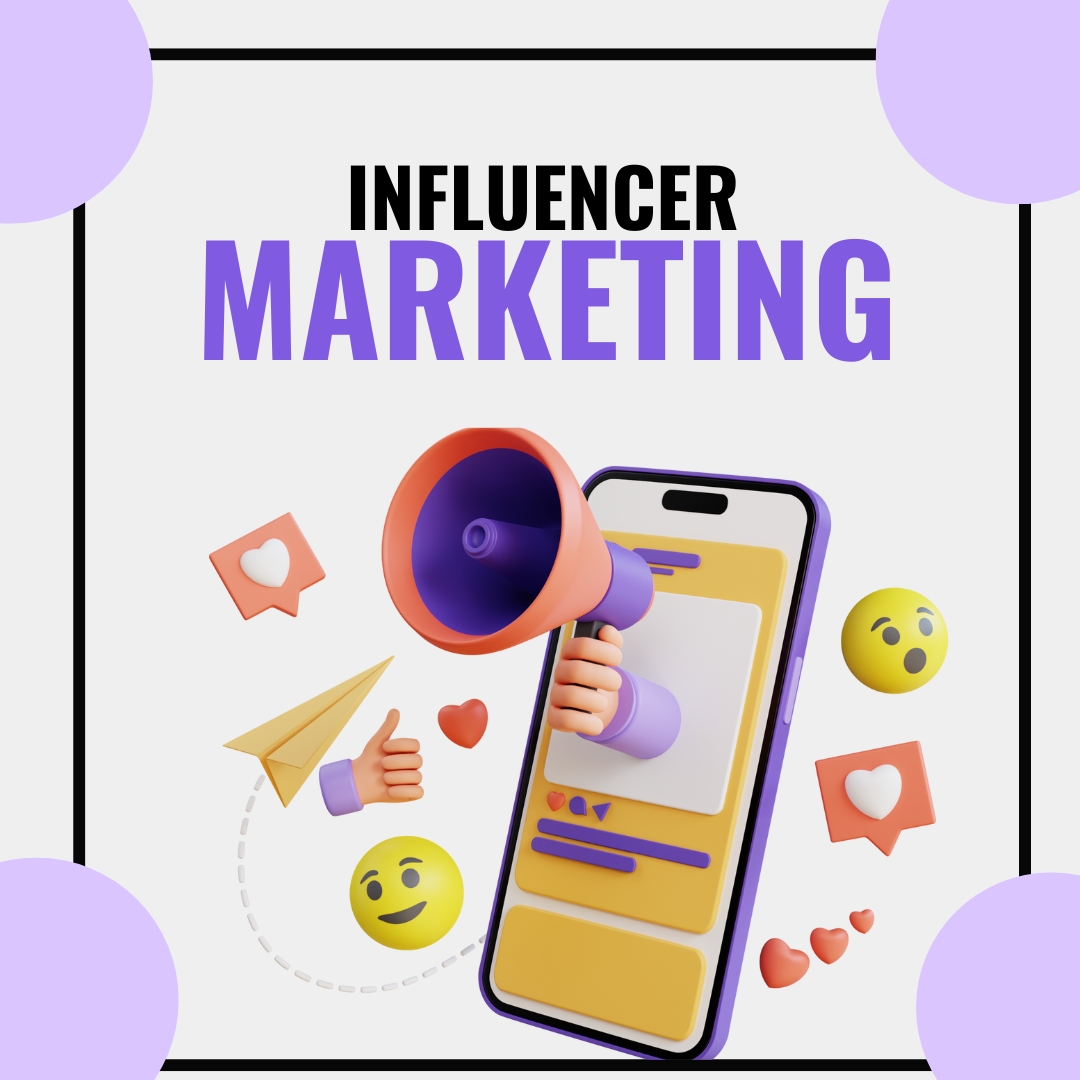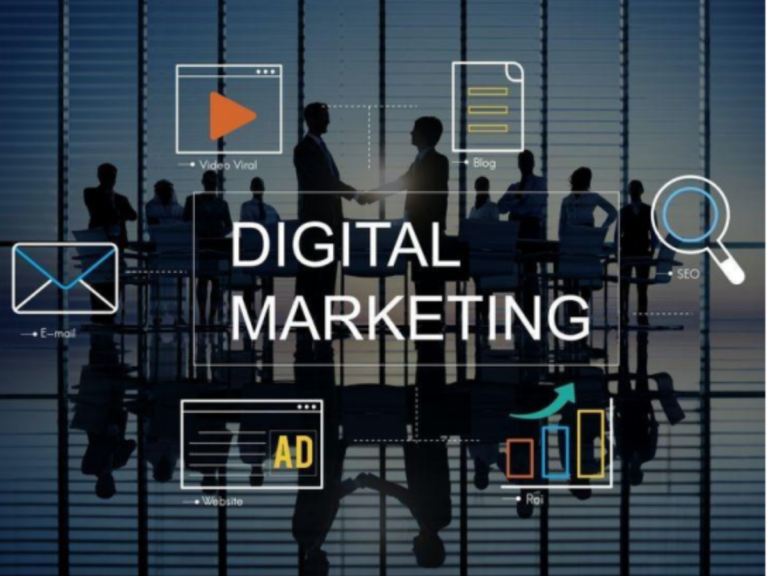As the digital world continues to evolve, influencer marketing remains a cornerstone in many brands’ advertising strategies. The landscape of influencer marketing is ever-changing, and as we look ahead to 2024, several trends are beginning to emerge that companies and influencers alike should be aware of. Here’s a glimpse into the potential future of influencer marketing and the trends to keep an eye on.
Authenticity and Transparency
The Rise of Authentic Influencers
Consumers are growing weary of picture-perfect lifestyles and overly edited content. In 2024, we expect a surge in demand for authentic influencers – those who share genuine experiences, unfiltered opinions, and everyday struggles. This shift is likely to lead to more long-term partnerships between brands and influencers who resonate with audiences through transparency and relatability. Clearer Disclosure PoliciesWith more scrutiny on the influencer marketing industry, clearer disclosure policies will become the norm. Influencers will need to be upfront about their partnerships, ensuring their followers are aware of sponsored content. This approach not only maintains trust with the audience but also complies with tightening advertising regulations.
Micro and Nano-Influencers
Focusing on Niche Audiences
Brands will increasingly work with micro and nano-influencers, as these individuals often boast higher engagement rates and more targeted audiences. By collaborating with influencers within specific niches, brands can reach the right consumers with a level of precision that broader campaigns cannot match.
Cost-Effectiveness and ROI
Smaller influencers can be more cost-effective for brands, providing a better return on investment (ROI). Their followers are usually more engaged, leading to higher conversion rates for the products/services they endorse, making them a smart choice for brands looking to maximize their influencer marketing budgets.
Platform Diversity
Exploring New Platforms
While Instagram and YouTube continue to dominate, the future will see brands and influencers expand to newer platforms like TikTok or even niche, emerging platforms for engagement. Adapting strategies for different platforms will be crucial to capture the diverse demographics each one hosts.
Integrating With E-commerce
With platforms incorporating more e-commerce features, such as Instagram’s Shopping and TikTok’s in-app purchases, influencers will play a larger role in direct-to-consumer sales. Brands will use influencer collaborations not just for awareness but also as a key part of the purchasing journey.
Data-Driven Decisions
Enhanced Analytics
Influencer marketing will become more data-driven than ever before. The analysis will go beyond likes and follower counts. With the help of sophisticated analytics tools, brands and influencers will focus on metrics like engagement rates, click-through rates, and actual conversion rates.
AI and Machine Learning
Artificial intelligence (AI) and machine learning will help brands identify the best influencers for their campaigns, predict outcomes, and personalize content for better performance. Influencer content will no longer be a guessing game but a calculated strategy backed by actionable data.
Read Also :-Innovative Strategies for a Successful Digital Marketing Campaign in 2024
Content is Still King for influencer marketing
High-Quality, Diverse Content
As the competition becomes more fierce, the quality of content will be paramount. Influencers will need to produce not just regular posts but varied content like podcasts, interactive videos, and live streams to keep their audience engaged and attracted to brand collaborations.
Long-Form Content
The move towards longer, more informative content is likely to gain traction. As audiences seek deeper connections and richer information, influencers will embrace formats such as IGTV, YouTube series, and blog posts that allow for more comprehensive stories and product showcases.
Technology Integration
Augmented Reality (AR) and Virtual Influencers
2024 may witness more brands leveraging AR to create immersive experiences through influencer campaigns. Additionally, the rise of virtual influencers – completely CGI-created personalities – will continue, offering a unique and controlled branding opportunity for companies.
Voice and Podcast Influencers
Voice search and smart speakers are becoming ubiquitous, and with this shift, we’ll see the rise of voice influencers and podcast marketing. Brands will look to leverage these personal and engaging mediums to reach potential customers.
Responsible and Sustainable Influencing
Ethical Partnerships
With an increasing focus on corporate responsibility, influencers will be more mindful of the brands they collaborate with, seeking out partnerships that align with their values and those of their followers.
Sustainability Focus
Sustainability will feature heavily in influencer marketing campaigns, as environmentally-conscious consumers expect brands and influencers to promote eco-friendly practices and products.
Conclusion
The future of influencer marketing holds exciting opportunities and challenges. As we approach 2024, the trends we’re anticipating reflect a broader shift towards authenticity, sustainability, and data-driven decisions. Companies and influencers that adapt early to these changes will forge stronger relationships with their audiences and continue to thrive in this dynamic marketplace. Whether it’s through integrating cutting-edge technology, embracing niche influencers, or developing a transparent and values-based approach, the upcoming trends in influencer marketing are shaping a new era of digital advertising. Brands that stay ahead of the curve will not just engage audiences but foster communities built on trust, quality, and shared values.





